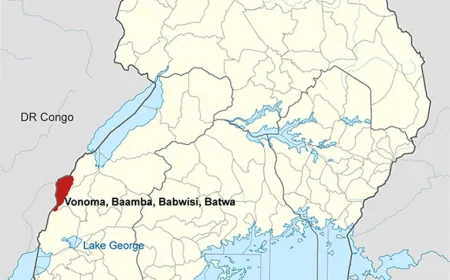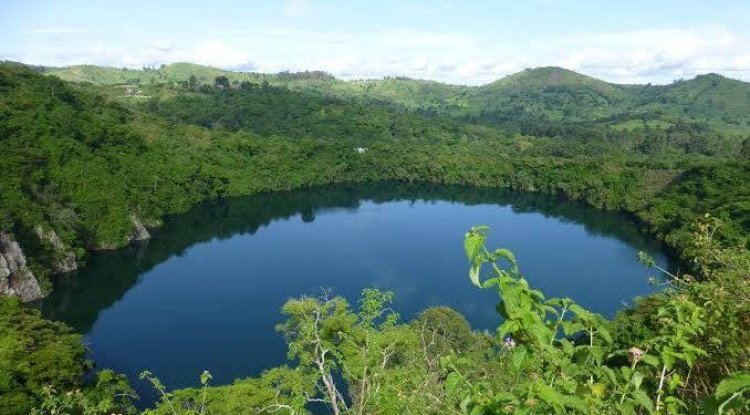The Resilient Jie Tribe
Let us embark on a journey to uncover the lesser-known tales of the Jie tribe.

Once upon a time, in the rugged landscapes of northeastern Uganda, where the sun kisses the earth with fiery intensity, there existed a tribe that danced to the rhythm of the wind. Their name? The Jie.
Introduction
In the heart of Karamoja, nestled between the Dodoth to the north and the Karamojong to the south, the Jie people thrived. Their story, like the ancient baobab trees that dot their homeland, is etched with resilience, mystery, and a fierce love for their cattle. Let us embark on a journey to uncover the lesser-known tales of the Jie tribe.
1. The Jie Identity
The Jie, an ethnic group in Uganda, defy easy categorization. Their language, a dialect of Karamojong, binds them together. As of 1986, they numbered around 50,000 souls, but their spirit far exceeded mere statistics. Their country, a canvas of arid plains and rocky hills, bore witness to their nomadic existence.
2. Clans and Kinship
Jie families, like constellations in the night sky Distant male relatives shared homesteads, their bond unbreakable. Clans, with over a hundred members, wove intricate webs of kinship. Exogamy ruled their marriages—love bloomed beyond clan boundaries, and men rarely wed their mother’s kin.
3. Warriors of the Dust
The Jie were no strangers to conflict. Low-level warfare coursed through their veins, a dance of spears and shields. They clashed with their neighbors, capturing cattle—the lifeblood of their existence. Turkana allied with them against the Karamojong and Dodoth, while Karamojong stood shoulder-to-shoulder with the Dudoth against the Jie. Friendship and enmity weaved a tapestry of survival.
4. A Government at Odds
The Jie’s nomadic lifestyle clashed with a government that yearned for sedentary stability. Tax demands echoed across the plains, urging them to settle, sell their cattle, and embrace modernity. But the Jie held fast to their traditions, their cattle, and their warrior spirit.
5. A Modern Tragedy
In 2009, Jie warriors clashed with police, their frustration boiling over. Denied access to protected kraals, they spilled blood in Luwakuj and Lukwakaramoi villages. Eight lives lost—a tragic echo of their ancestral battles.
Conclusion: Echoes of the Wind
The Jie remain a whisper in the wind, their stories etched on the walls of their kraals. As the sun sets over their homeland, remember the resilient Jie—the guardians of tradition, the dancers of dust, and the keepers of a flame that refuses to be extinguished.
What's Your Reaction?
 Like
0
Like
0
 Dislike
0
Dislike
0
 Love
0
Love
0
 Funny
0
Funny
0
 Angry
0
Angry
0
 Sad
0
Sad
0
 Wow
0
Wow
0













































































